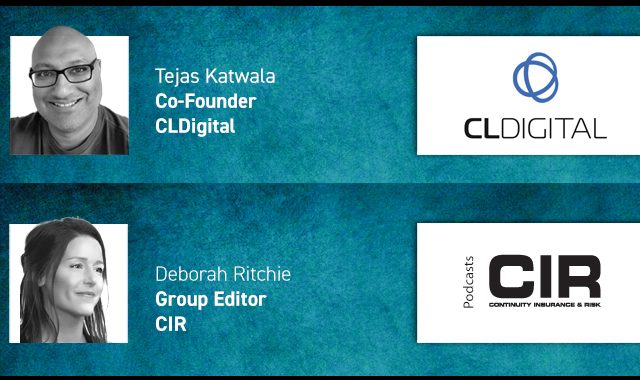AI-related intellectual property insurance claims are outpacing traditional healthcare incidents, making up nearly a fifth of digital healthcare claims, while 70% of claims come from areas that would not be covered under a traditional medical malpractice solution.
These are amongst the findings of research carried out by CFC, whose report shows that, while the US still dominates the digital health space, demand and adoption for digital healthcare insurance is surging in the UK, Canada and Australia.
The insurer’s first report on the digital healthcare market examines its own claims and enquiry data from the last five years to assess the factors that have been driving growth, identify key trends and investigate the most common types of claims.
“Digital healthcare has forced its way from the margins since we first launched our global digital health insurance proposition in 2017, to become a mainstream part of everyday life,” says Tim Boyce, head of professions and healthcare at CFC. “Since then, we’ve seen enquiries for our digital health insurance jump from less than 9% of our total enquiries for healthcare insurance to hit 49% last year. This is all the more noteworthy against a backdrop of yearly double-digit growth in our traditional healthcare enquiries."
In addition to growth in demand in the UK, Canada and Australia, CFC is now seeing enquiries from a wide selection of countries including Israel, Ireland, The Netherlands, Denmark, Croatia and Singapore.
The biggest sector represented in CFC’s digital healthcare portfolio continues to be telemedicine, largely due to its reliance on well-established and widely accessible technology. While CFC is seeing increasing demand for cover from other digital health sectors, telemedicine continues to grow its share of CFC’s digital healthcare business, highlighting ongoing demand for such services.
Remote patient monitoring solutions now represent 12% of CFC’s overall digital healthcare portfolio. Given the pressure on hospitals and the benefits of early intervention provided by remote monitoring, there is real demand to expand the prevalence of these solutions.
Printed Copy:
Would you also like to receive CIR Magazine in print?
Data Use:
We will also send you our free daily email newsletters and other relevant communications, which you can opt out of at any time. Thank you.










YOU MIGHT ALSO LIKE